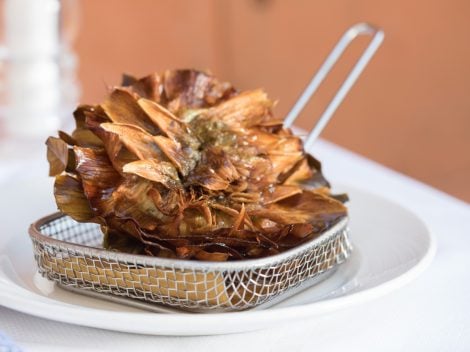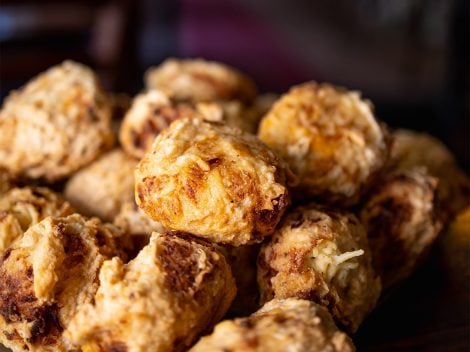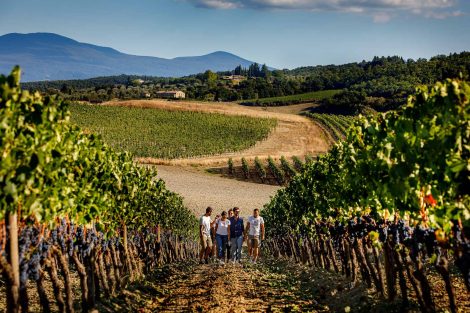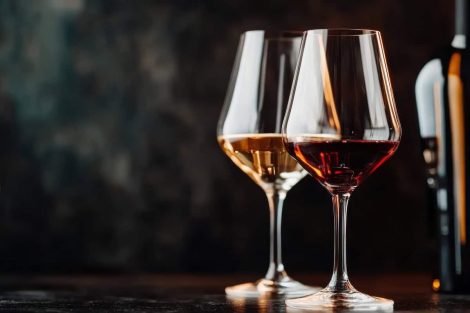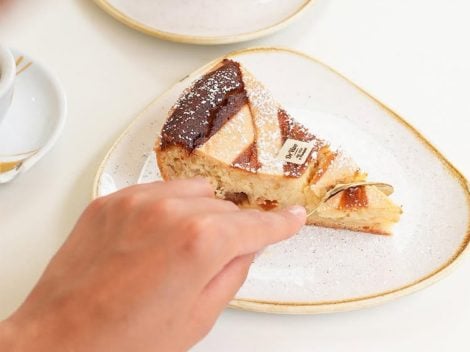White wines with extended skin contact, also known as orange wines, are produced by macerating the skins of white grapes with the must obtained from them. This process can last for a few hours or even several months, yielding diverse results. In the first case, we would have a macerated white wine with a bright yellow color and golden reflections, primarily influenced by the contact with the skins. In the second case, as maceration periods lengthen, not only does the color definition change, but the mouthfeel also transforms significantly. The wine now takes on a true "orange" hue, exhibiting greater texture on the palate and a pseudo-tannic sensation.
The vessels used for this process can vary: stainless steel, wood, terracotta, and amphora, depending on the desired final result. As mentioned, fermentations can be spontaneous (without the addition of yeast) or induced. Some grapes are more suitable than others for this technique, generally favoring those with thicker skins capable of enduring long maceration periods. Among the best-suited varieties are Ribolla Gialla and Vitovska, both native to Friuli. Notably, the resurgence of Italian orange wines began with two Friulian producers, Joško Gravner and Stanko Radikon, who played a crucial role in advancing the entire Oslavia region as a hub for this type of wine. The orange wine movement has since spread throughout the entire Peninsula, from Piedmont to Sicily.
Our tasting panels increasingly encounter samples from Piedmont to Sicily. Sometimes the results are surprising, with wines of enchanting charm, featuring aromatic profiles as varied as they are complex, and a calibrated palate thickness that never succumbs to softness. Other times, we come across bouquets that may be less precise, but a palate with energy and rhythm, thanks to the tannic surges derived from maceration. Occasionally, we have to deal with completely inappropriate wines—defective, astringent, murky, and unpleasingly heavy. It is up to the sensitivity of each producer to create one type of wine or the other, carefully assessing the "macerative" potential and challenges of their grapes.
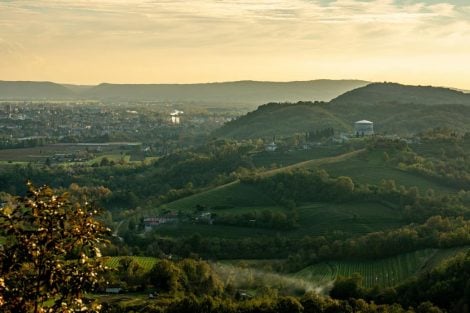
The best macerated Ribolla Gialla wines
Here, we focus on four excellent Ribolla Gialla wines with extended skin contact that have earned Due Bicchieri Rossi 2024, reaching the finals during the tastings for the Gambero Rosso Vini d'Italia guide.
FCO Ribolla Gialla Ris. 2019 - Monviert. Under the Monviert label, elegant wines resulting from meticulous selections are showcased— the flagship of a company that has written many pages of regional winemaking history over its seventy-plus years. Monviert has recently undergone a complete renewal, embracing the fresh energy of the new generation. The extensive selection of wines provided, with excellent teamwork, confirmed the company's progress towards excellence, as demonstrated by the Ribolla Gialla Ris. 2019 from Monviert.
Fiegl's Ribolla Gialla di Oslavia 2021 stands as one of the best labels from the winery. The Fiegl story is that of a close-knit and united family group, originally from nearby Austria, who settled in the northernmost part of Collio, in Oslavia, as early as 1782. The new generation has long been working in the company, bringing additional vitality and energy to an already well-established productive reality that honors the peculiarities of Collio.
The Ribolla Gialla Riserva 2020 from Tenuta Stella, a result of extended skin maceration, presents itself with a shiny golden yellow color, exuding aromas of crème brûlée, barley candy, and beeswax. Founded in 2010 by Sergio Stevanato, Tenuta Stella extends into the highest part of Collio, in the Dolegna area, Scriò locality, where the hills enjoy a particular microclimate and an ideal exposure to sunlight. The slopes are characterized by a steep incline, challenging to work but generous in dispensing unparalleled quality. The management is entrusted to Erika Barbieri and Alberto Faggiani, a technical team of absolute value working in organic farming.
Primosic's Ribolla Gialla Riserva 2019 is full, complete, with a long finish of sesame and toasted almond. Marko and Boris Primosic manage the company founded in 1956 by their father, Silvestro. In this region, the use of ancestral winemaking techniques is widespread, derived from ancient cross-border traditions. These techniques involve extended skin maceration, even for white wines, particularly for Ribolla Gialla.

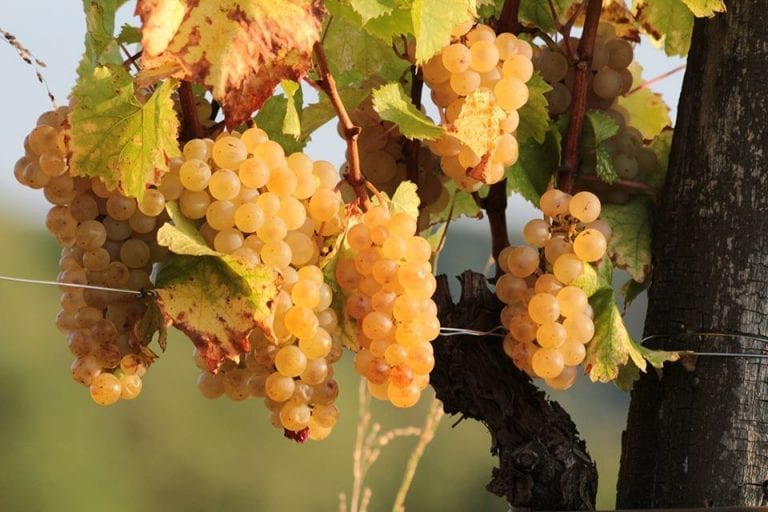
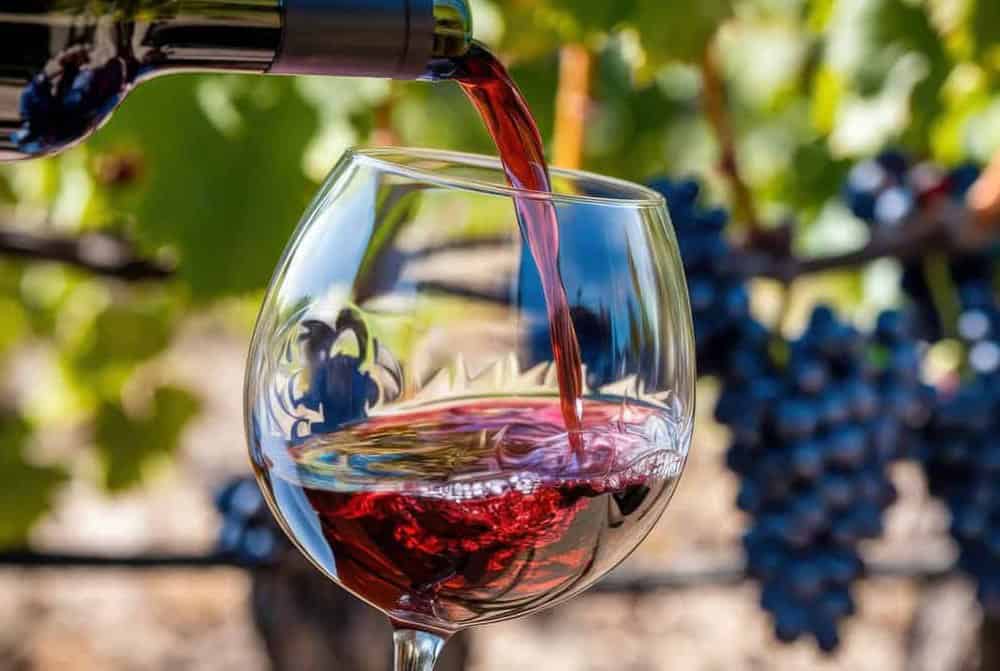 The 11 best-value Dolcetto wines from the Langhe
The 11 best-value Dolcetto wines from the Langhe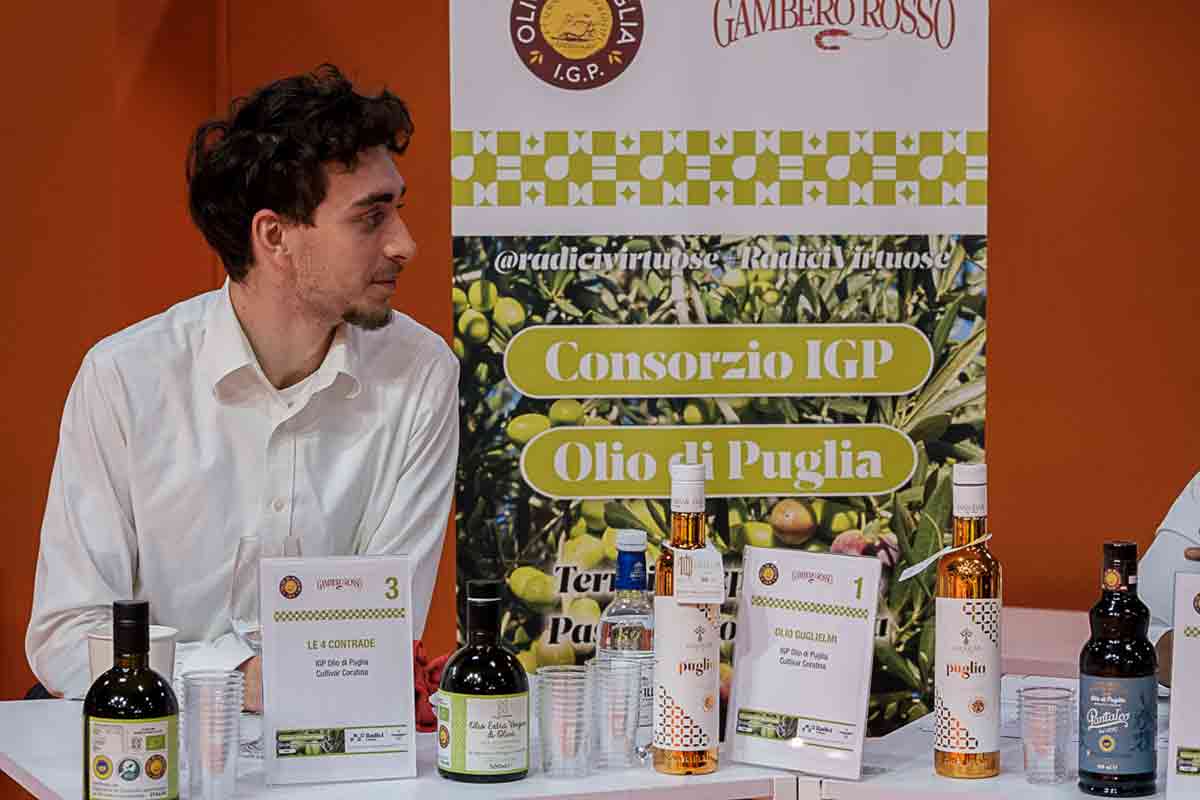 Coratina party in Paris: the power of Puglia in a drop of oil
Coratina party in Paris: the power of Puglia in a drop of oil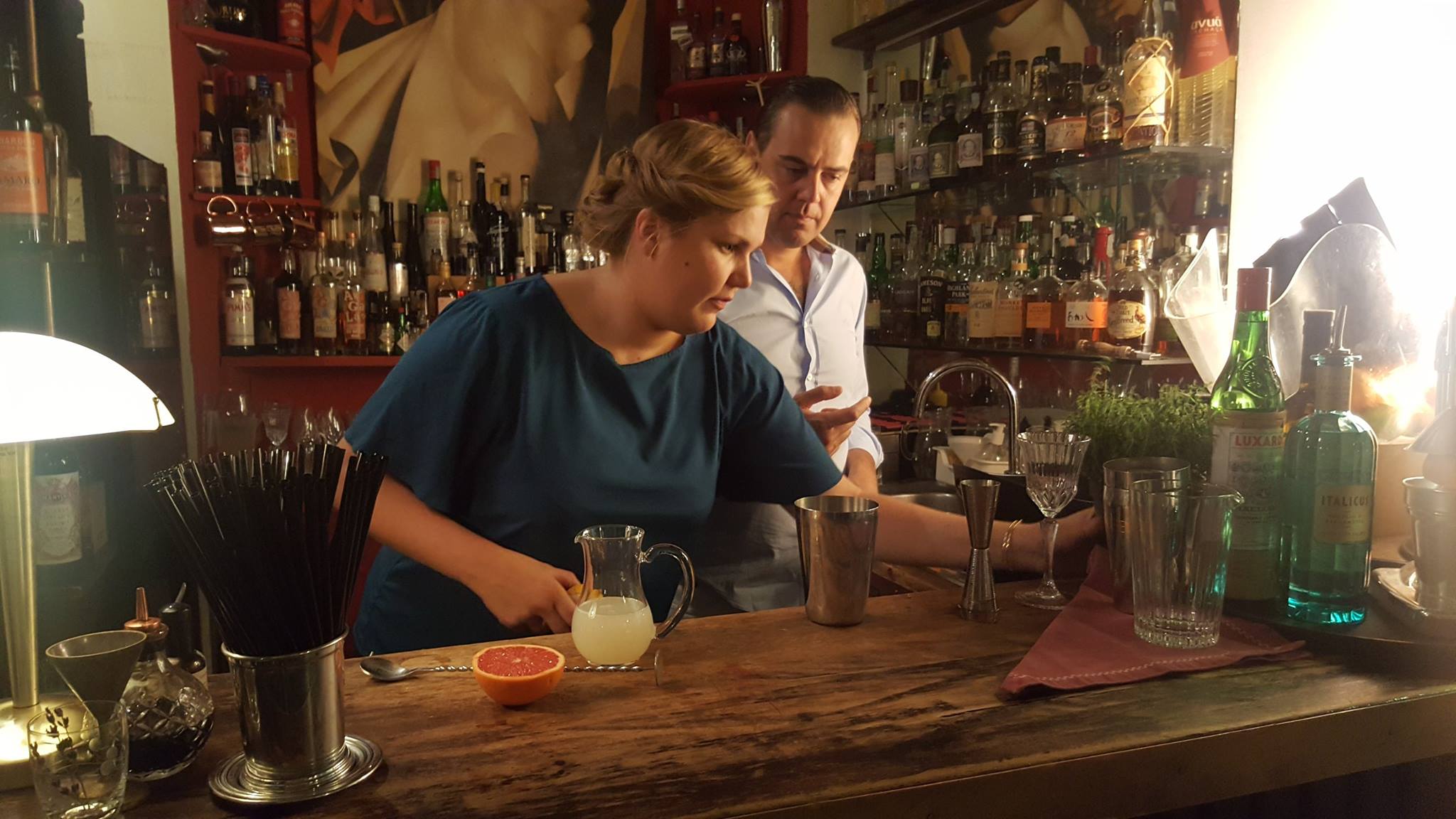 In a historic building in Genoa hides a top cocktail bar
In a historic building in Genoa hides a top cocktail bar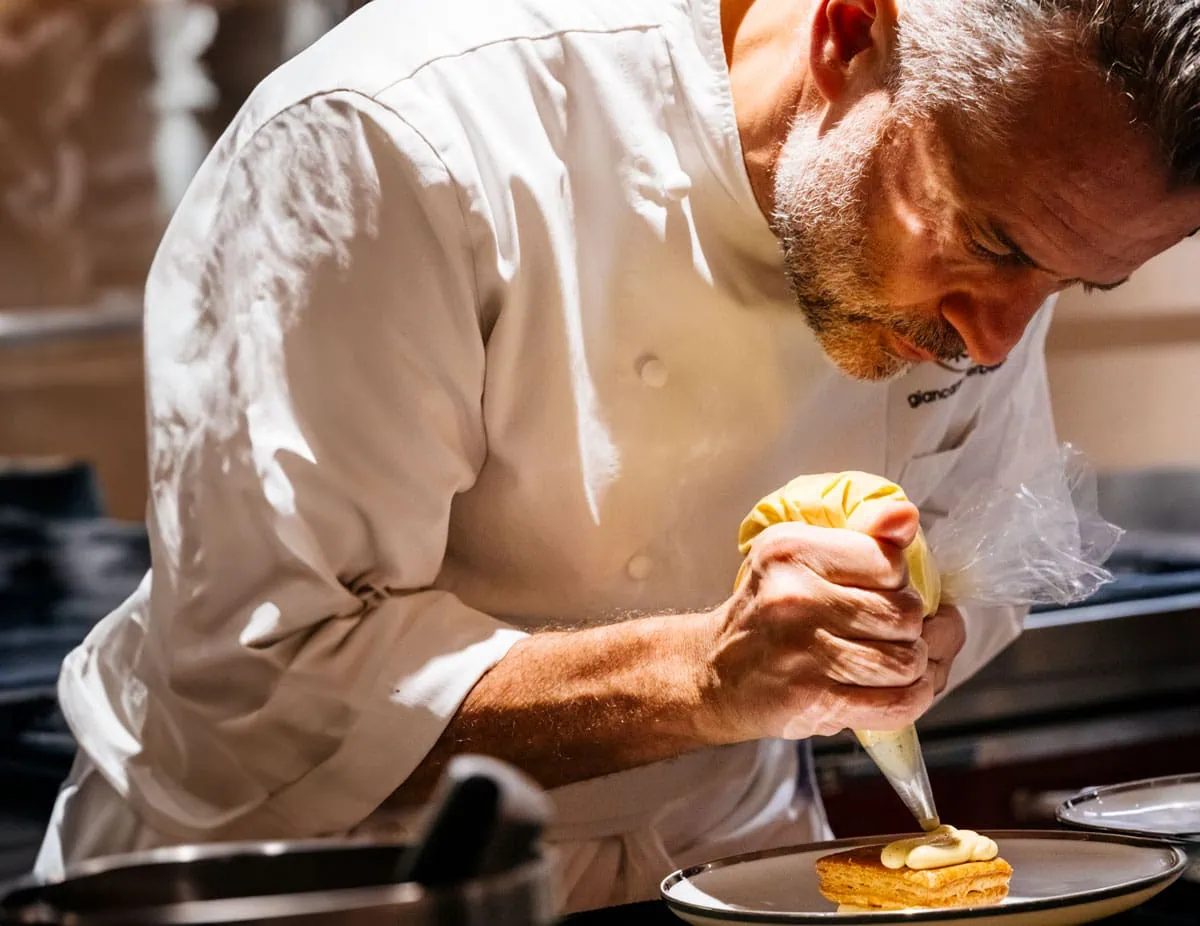 Giancarlo Perbellini: “The future? Less oppressive restaurants. If we don’t make young people fall in love with this job, we might as well close”
Giancarlo Perbellini: “The future? Less oppressive restaurants. If we don’t make young people fall in love with this job, we might as well close”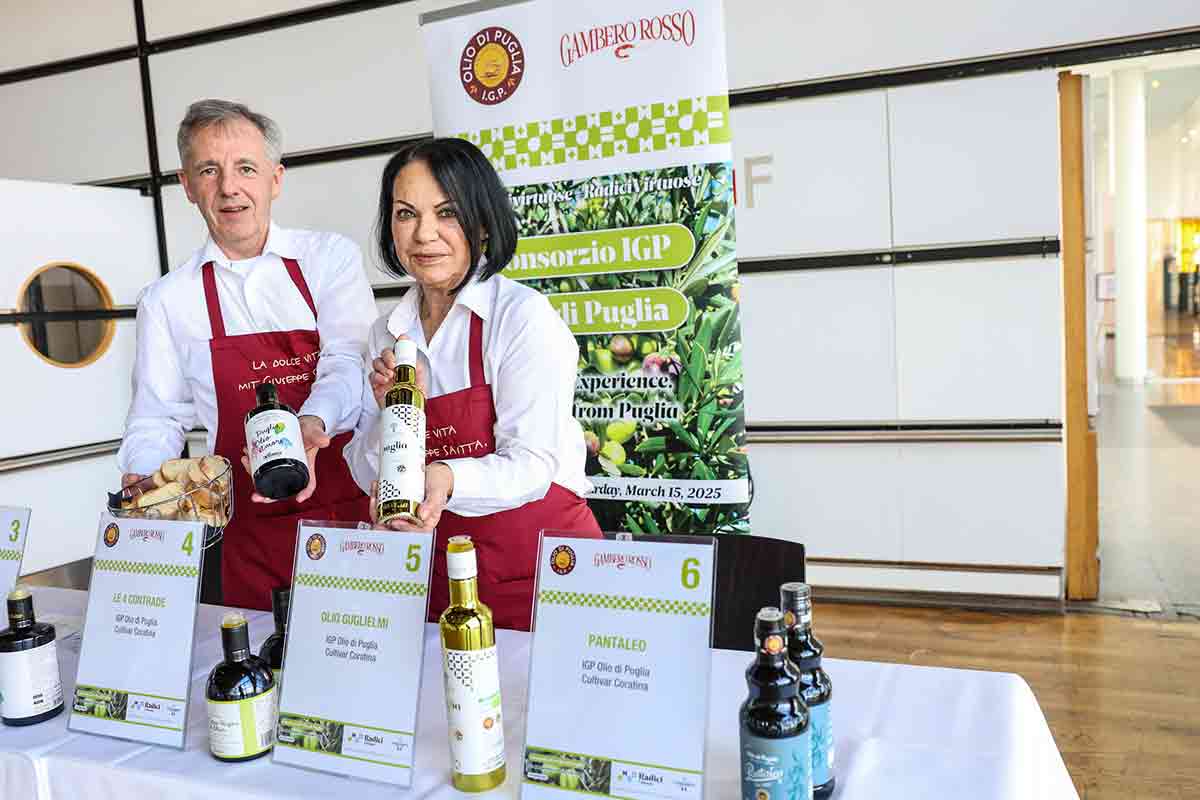 The great oils of Puglia on display in Düsseldorf
The great oils of Puglia on display in Düsseldorf